- Italian Delicacies
- 0 likes
- 446 views
- 0 comments
The chocolate of Modica (or modicano) is one of the most unique Sicilian culinary specialties. It derives its name from the town of Modica, located in the province of Ragusa, in the southeast of the island. In 2018, Modica chocolate was the first chocolate to receive the Protected Geographical Indication (PGI) recognition from the European Union. The product specification stipulates that it can only be produced within the municipal territory of Modica. Additionally, according to the specification, the minimum cocoa content must be at least 50%.
What sets this type of chocolate apart (in the Modican dialect ciucculatta muricana or ciucculatti muricanu, generally in the rest of the island) is the particular "cold" processing method, which does not include the conching phase.
At this link you can buy directly the chocolate of Modica from our selected producers.
Origins of Modica chocolate
As is well known, cocoa and its processing techniques were introduced to Europe by the Spanish, who in turn learned about them from the Aztecs. Regarding this, there are various theories and legends. It seems certain that the Aztecs did not know sugar and therefore chocolate in solid form; they mostly consumed cocoa as a beverage.
It is likely that the Spanish were the first to add sugar to cocoa, thereby inventing chocolate as we know it today. Later, they spread it throughout their territories, including Sicily. In the specific case of Modican chocolate, there are traces of similar processes in Spain and in certain areas of Central America.
Processing of Modican chocolate
The processing begins with roasting and grinding cocoa beans. The cocoa mass is not deprived of cocoa butter and is heated to no more than 40°C. At this point, sugar and spices are added for flavoring, preferably typical Sicilian ingredients like Bronte pistachio, chili, peels, Avola almonds or citrus essences. The resulting chocolate can contain 50% to 99% cocoa mass.
Next, the mixture undergoes the tempering phase: the mass is melted at no more than 45°C and processed. Traditionally, tempering was done by hand; nowadays, more modern and professional machines ensure a homogeneous result and regularly meet the parameters required by the PGI specification.
The main characteristics of Modica chocolate are its simple processing, crumbly and grainy texture, and the absence of added substances like vegetable fats, milk, and soy lecithin.


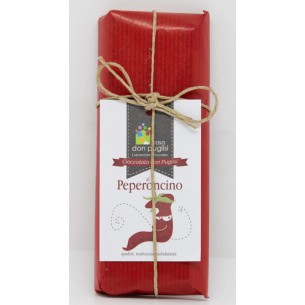
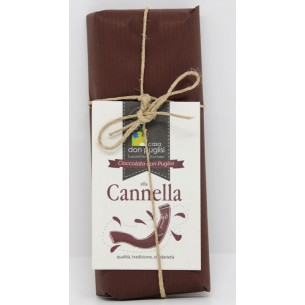
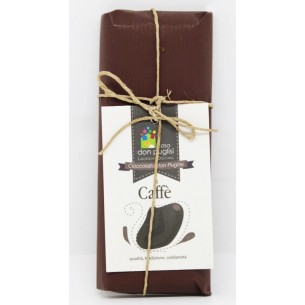
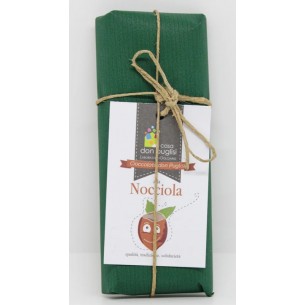
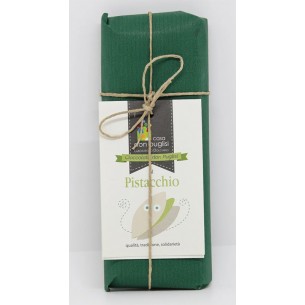




Comments (0)